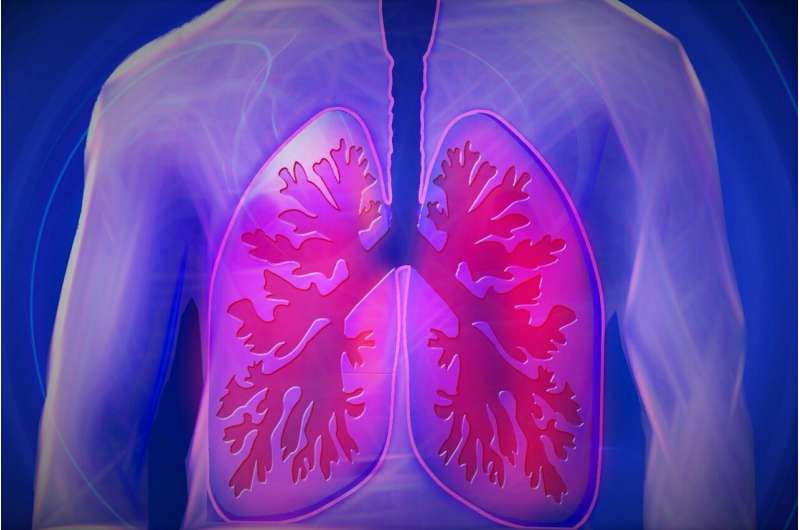Understanding Heat-Related Illnesses: Red Flags and Protective Measures During Extreme Temperatures

Learn about the red flags and safety measures for heat-related illnesses during extreme temperatures. Expert insights on protecting vulnerable populations and understanding the health impacts of heatwaves.
As the summer months bring soaring temperatures, the incidence of heat-related illnesses continues to rise. Extreme heatwaves pose significant health risks, especially for vulnerable populations. According to Dr. Katelyn Moretti, an emergency medicine specialist and researcher at Brown University, rapid or extreme increases in temperature can be life-threatening, particularly for individuals with certain risk factors.
Normal human body temperature hovers around 98°F, and when it exceeds 100°F, health concerns escalate. Hospital admissions tend to spike when outdoor temperatures surpass 85°F, especially in high humidity conditions or during sudden temperature swings. Those accustomed to cooler climates may find it harder to cope with intense heat compared to residents in naturally hotter regions.
During heat exposure, the body attempts to cool itself by expanding blood vessels in the limbs and increasing sweat production. This process transfers heat away from vital organs, helping regulate temperature. However, heavy sweating depletes water and salt reserves, increasing dehydration risk. When cooling mechanisms fail, due to health conditions, medications, or environmental extremes, serious outcomes such as kidney failure, heart attack, brain damage, or death can occur.
Heat-related ED visits often involve exacerbations of heart, kidney issues, respiratory diseases, and mental health conditions like depression or schizophrenia. High humidity amplifies these risks; when humidity exceeds 75-80%, sweating becomes less effective, making overheating more likely. Notably, heat waves with high heat and humidity levels have led to cases of severe hyperthermia.
Certain groups are at higher risk, including the homeless, outdoor workers, disabled and elderly individuals, and pregnant women. Elderly people on medications regulating fluids and salts are particularly vulnerable. Children are also at increased risk because their hormonal systems are still developing, making dehydration faster and harder for them to recognize. Pregnancy adds stress to the body's cooling capacity, increasing the risk of heat exhaustion, heat stroke, and adverse birth outcomes like low birth weight or preterm delivery.
Chronic exposure to high temperatures, especially during nighttime, prevents the body from cooling down, compounding health issues over time. To stay safe, hydration is vital; avoid diuretics like caffeine and alcohol, and refrain from high-intensity activity during the hottest parts of the day. Recognize early signs of heat illness—profuse sweating, dry mouth, dark yellow urine—and seek cooler environments immediately. Drinking electrolyte-rich beverages and using water sprays or cool showers can aid recovery.
If symptoms include confusion, chest pain, persistent cramps, dry skin, or severe headache, prompt medical evaluation is essential. Medical professionals advise visiting a healthcare facility in such cases. Research indicates that heat-related health risks begin at temperatures as low as 72°F, with effects noted even in the 80s. Urban heat islands and early-season heatwaves may exacerbate these issues.
As climate change drives higher temperatures, the frequency and severity of heat-related illnesses are expected to increase. Integrating health impact models with climate projections is crucial to prepare and mitigate future health burdens associated with extreme heat.
Stay Updated with Mia's Feed
Get the latest health & wellness insights delivered straight to your inbox.
Related Articles
Breast Tumor Stiffness Influences Immune Response and Treatment Effectiveness
New research reveals that the stiffness of breast cancer tissues influences immune system detection and treatment success, paving the way for more personalized therapies.
Study Links Breathlessness to Increased Long-Term Mortality in Malawi
Research in Malawi links breathlessness with a high risk of death within a year, highlighting the need for integrated care in low-resource settings.
Innovative Silicone Models Revolutionize Medical Training and Research in Cerebral Vasculature
Swiss Vascular has developed detailed silicone models of cerebral blood vessels to improve medical training and reduce animal testing, advancing ethical research and clinical procedures.



